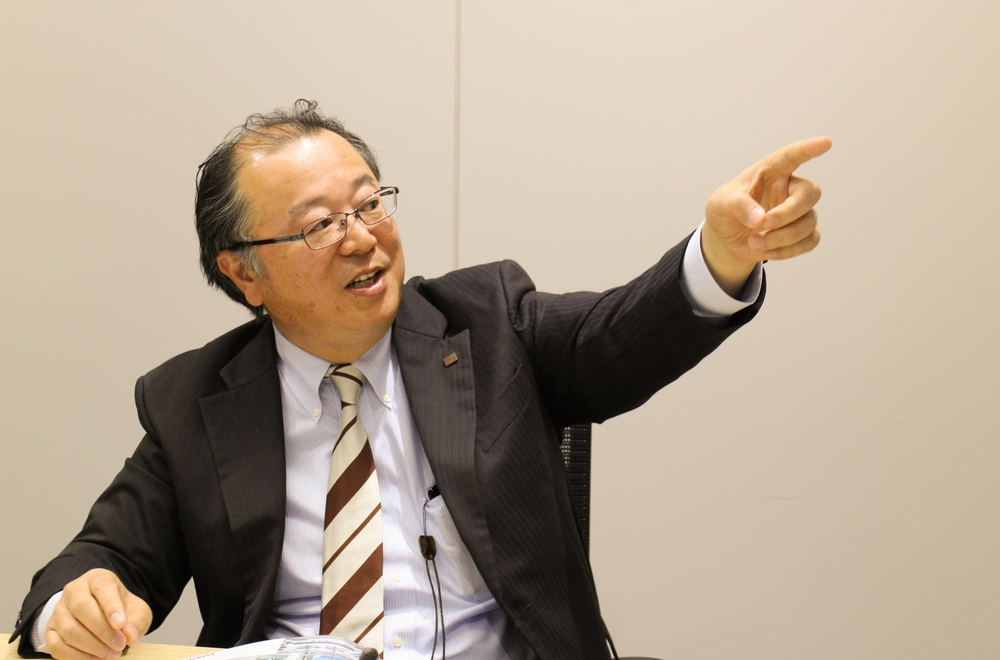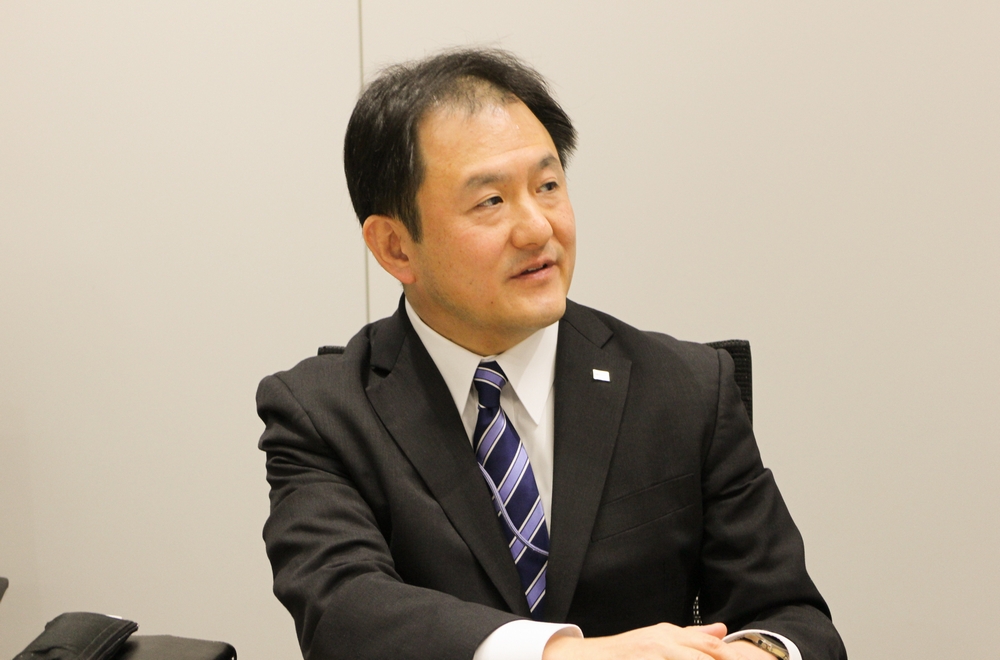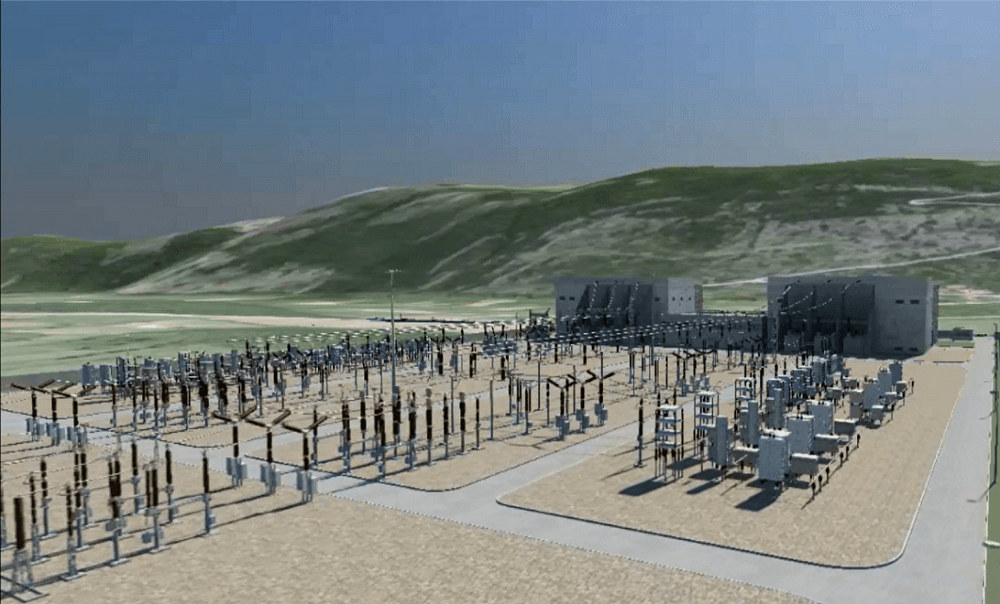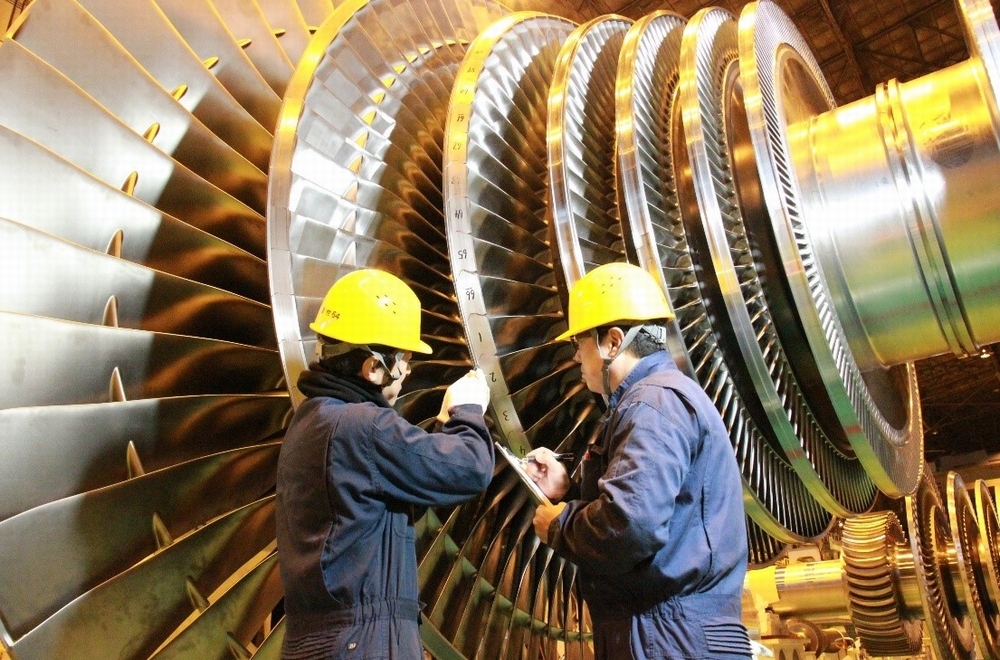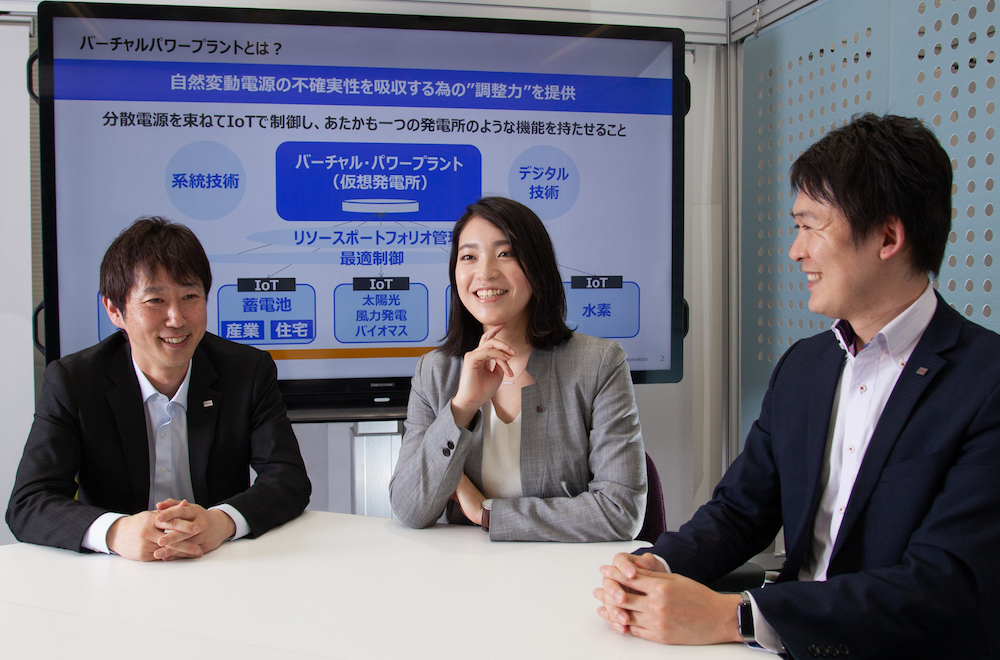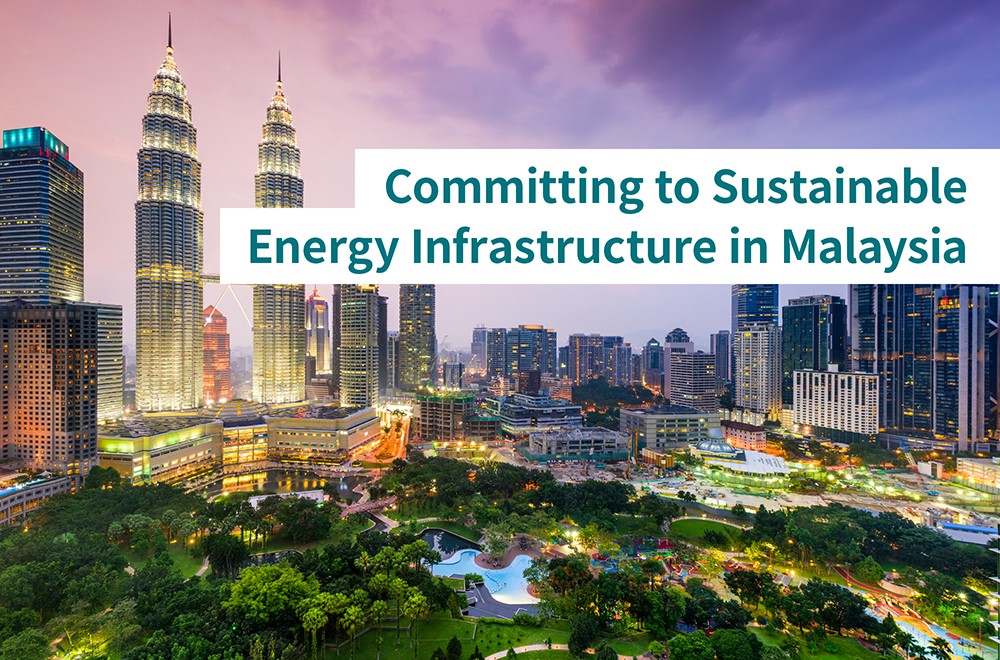The Renaissance of Direct Current Power Transmission: Why Now and What Makes It Special?
2018/05/16 Toshiba Clip Team
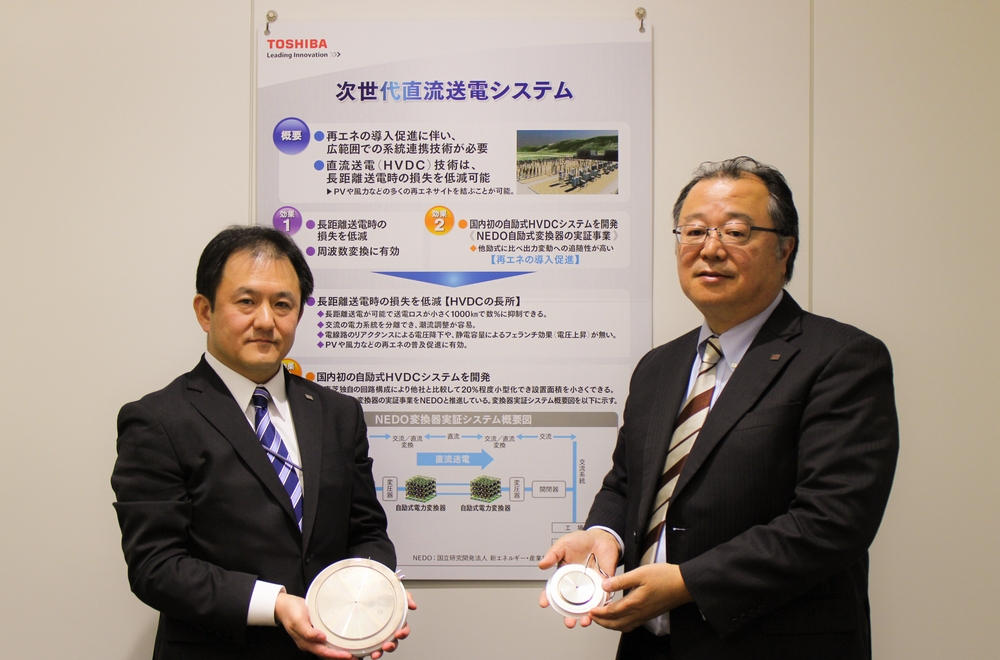
Your flashlight runs on electricity, and so does a lamp plugged into a power outlet—but did you know that they rely on different types of electric current? Direct current and alternating current, to be specific. Electric currents are classified as one or the other according to the way the current flows, its size (amplitude) and its power (voltage). Don’t worry if you don’t really understand the difference between the two; not many people do.
Have you ever placed new batteries into an electronic item without paying attention, then wondered why the batteries “don’t work”? Most likely it’s because you put them in with the “+” and the “-” reversed, and because batteries use DC, which only flows in one direction, well, the current didn’t flow. It’s not just alkaline batteries, either. The rechargeable batteries in our smartphones are also using DC, and they all deliver a current with a constant flow, amplitude and voltage.
When you plug a lamp into an electrical outlet, however, you’re using AC. As the name suggests, AC reverses direction, numerous times a second, and its amplitude and voltage also vary. And unlike alkaline batteries, AC does not have a set “+” and “-” structure, which means you don’t need to be concerned about which way you plug something into an outlet—the electricity will flow either way. Most of the electricity produced at power plants travels through power lines and service wires to arrive at your outlet in the form of alternating current.
When you think about home lighting, air-conditioners, and all the appliances we use, it’s clear that AC power is by far the most widely used electric current. The reason for this goes back to the close of the 19th century, when electric lighting was being introduced—that triggered a lot of competition, some of it pretty fierce. Kikuo Takagi, who works in the Transmission & Distribution Systems Division at Toshiba Energy Systems & Solutions Corporation, knows all about it.
Edison vs. Tesla: War of the Currents
“Thomas Edison, inventor of the light bulb, also built one of the world’s first power transmission systems. To promote his bulbs, he went to New York, where he set up a DC power grid. Not long after that, however, Nikola Tesla developed the technology for alternating current, setting the scene for what’s known as the War of the Currents—a battle over which type of current was more appropriate for power transmission. After a long and bitter campaign, and despite a smear campaign organized by Edison, Tesla’s alternating current claimed victory. This was because alternating current could be converted easily to different voltages with a transformer.”
Kikuo Takagi, Transmission & Distribution Systems Division, Toshiba Energy Systems & Solutions Corporation
Once generated, electricity has to be transmitted to where it is consumed, often over long distances. To do that, and make sure it reaches its destination, the voltage must be boosted during transmission, and then lowered at the other end. In Edison’s day, however, the technology to step up and step down DC voltage simply did not exist. AC enjoyed the big advantage of efficient transmission, as its voltage converted fairly easily with the use of transformers. And that’s the reason why AC is the electricity which we rely on daily. As Takagi explains’ “There’s no question that AC will make up the majority of power transmission in the future as well.”
However, just when it seemed as if alternating current had all but obliterated the viability of direct current, another technology stepped in to make a difference. And as in so many industries, it’s an advance in semiconductors. We now have semiconductors that can convert AC into DC, and that’s a bit of a scene changer.
The key point here is that DC is better than AC at transmitting large volumes of electricity across long distances. Much better in fact. For power transmission from offshore wind power systems, power transmission to remote islands, the sharing of power between countries or regions — in these and other cases where transmission distances are long, DC is the better choice. And advances in technology now let us make that choice.
Direct Current vs. The World
“When we transmit AC, all we need is transformers to convert it to different voltages. But transmission as DC also need converters to convert AC to DC, and back again for distribution to users. Look at it from the cost standpoint, and it definitely costs less for a facility to use AC,” explains Takagi.
“But when distance is a consideration, DC begins to shine. Let’s say you want to send power through an undersea cable for 50 km or a 100 kilometers, or even more. It’s impossible with AC, as so much power is lost during the transmission. DC, though, can travel 1,000, even 2,000km or more, without technological issues.”
This could greatly expand the distance that power can travel, if both the sending and receiving ends are supplied with the proper equipment. Toshiba, in fact, is making use of high-voltage direct current transmission (HVDC) technology in a number of settings, including a major project in Italy. To find out more, we talked to Yoshimasa Sato, General Manager of the Transmission and Grid Solution Systems Div. Power Electronics System Division at Toshiba Energy Systems & Solutions Corporation
“Recent issues have made it difficult to build new nuclear power plants in Italy, and they have struggled to acquire a stable, large-scale power source,” Sato explains. “To combat this, an Italian utility company initiated a project to lay 400 km of undersea cables across the Adriatic Sea, from Cepagatti, Italy to Kotor, Montenegro, and to transmit power from Montenegro to Italy. Toshiba is the EPC contractor, responsible for engineering, procurement and construction.
Yoshimasa Sato, Transmission and Grid Solution Systems Div., Power Electronics System Division, Toshiba Energy Systems & Solutions Corporation
In Montenegro, electricity, including power from renewable sources, will be converted to DC and transmitted via undersea cable to Italy, where it will be converted back to AC. This system will transmit renewable energy over a distance of 400 km, and is an investment that took into account the worldwide focus on creating low-carbon societies, and the growing role of renewable energy. This multi-year project, now nearing completion, will change the landscape of electricity in Italy.
400 km undersea cable connecting Italy and Montenegro — 400 km undersea cable
This is comparable to distance between Los Angeles and Las Vegas
Conceptual drawing (CG) of conversion facility
DC technology has seen a bit of a renaissance. As it becomes more mainstream, it will no doubt help us solve even more energy issues throughout the world.
“Right now in Japan, the generation of renewable energy has gained traction in areas like Hokkaido and Kyushu, and they already face the possibility of generating more energy than they can use in their immediate regions. If it becomes possible to send power long distances to places like Tokyo or Osaka that have high demand, renewable energy will become even more useful,” says Takagi.
Interestingly enough, solar and wind power generate direct current electricity. If this electricity could be transmitted to areas of high demand, it would be a great step forward for renewable energy as a whole. Japan is surrounded on all sides by oceans—this new development could be the driving force behind the popularization of offshore wind power systems.
It just so happens that WWF Japan, the Japanese branch of one of the world’s largest environmental conservation organizations, just last year proposed a long-term goal for Japan to use only renewable energy by the year 2050. Direct current technologies will no doubt serve as a great ally in the march towards this goal.
Granted, there are issues from a cost standpoint. But developing the “power grid of the future” is still possible, as long existing power grids are utilized and conversion facilities are built only where necessary in efficient, effective locations. Who would’ve thought the possible future electricity supply would emerge out of the strategic combination of alternating and direct currents—once opposing sides in a famous technological “war”? Balancing investment with benefit is, of course, also important. However, methods of evaluating benefit and value change with the times. As we at Toshiba move into the future, we will have to invest in social infrastructure with a keen eye for the trends. With direct current technology, we’re right on track.
![]()





